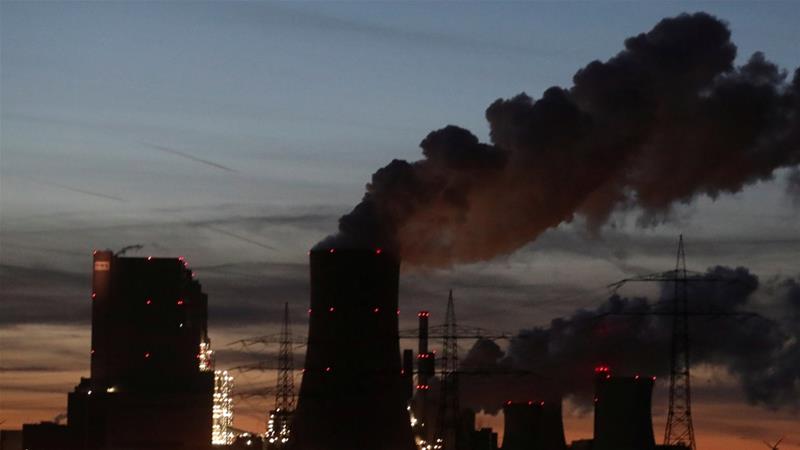Global carbon dioxide (CO2) emissions from the power sector fell by 2 percent last year, the biggest fall since at least 1990, owing to reduced coal usage in Europe and the United States, according to a study published on Monday.
Coal-fired power generation fell by 3 percent globally, also the largest fall since 1990, research by independent climate think-tank Ember showed. The drop in Europe was 24 percent, driven by a switch to renewables, while US coal-fired generation was down 16 percent because of more competitive gas.
However, China bucked the trend with a rise as it became responsible for half of the global coal-fired power generation.
Overall, the decline in coal use last year and a shift towards renewable sources was helped by factors such as cheap gas, nuclear plant restarts in Japan and South Korea and slowing electricity demand, the report said.
Coal generation needs to fall by 11 percent a year to keep within a warming limit of 1.5 degrees Celsius (34.7 Fahrenheit).
"The global decline of coal and power sector emissions is good news for the climate, but governments have to dramatically accelerate the electricity transition so that global coal generation collapses throughout the 2020s," said Dave Jones, lead author of the report and electricity analyst at Ember.
"To switch from coal into gas is just swapping one fossil fuel for another," he added.
Wind and solar power generation rose by 270 terawatt hours, or 15 percent, last year. That growth rate would need to be maintained every year to achieve goals set out under the 2015 Paris Agreement to tackle climate change.
Ember's report examined data covering 85 percent of the world's electricity generation and used informed estimates for the remaining 15 percent.
Last month the International Energy Agency said global CO2 emissions from power production flattened last year as the growth of renewable energy and switching from coal to natural gas led to lower emissions from advanced economies.
SOURCE: Reuters news agency



